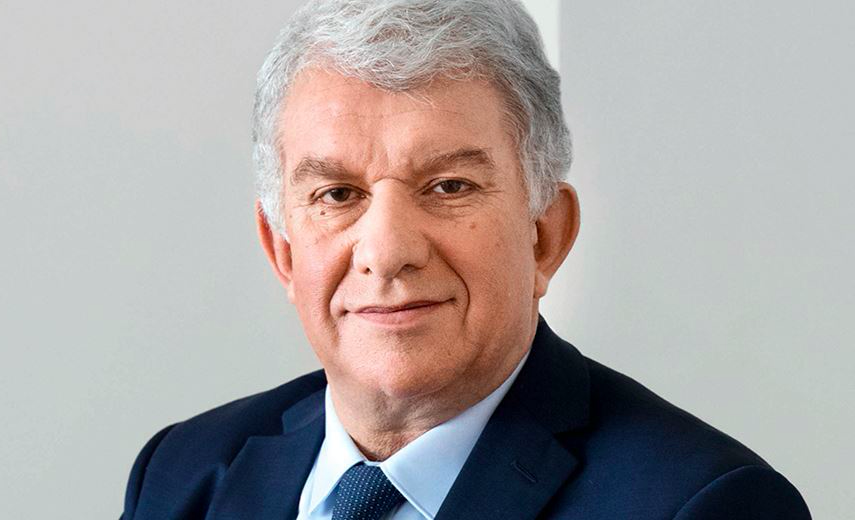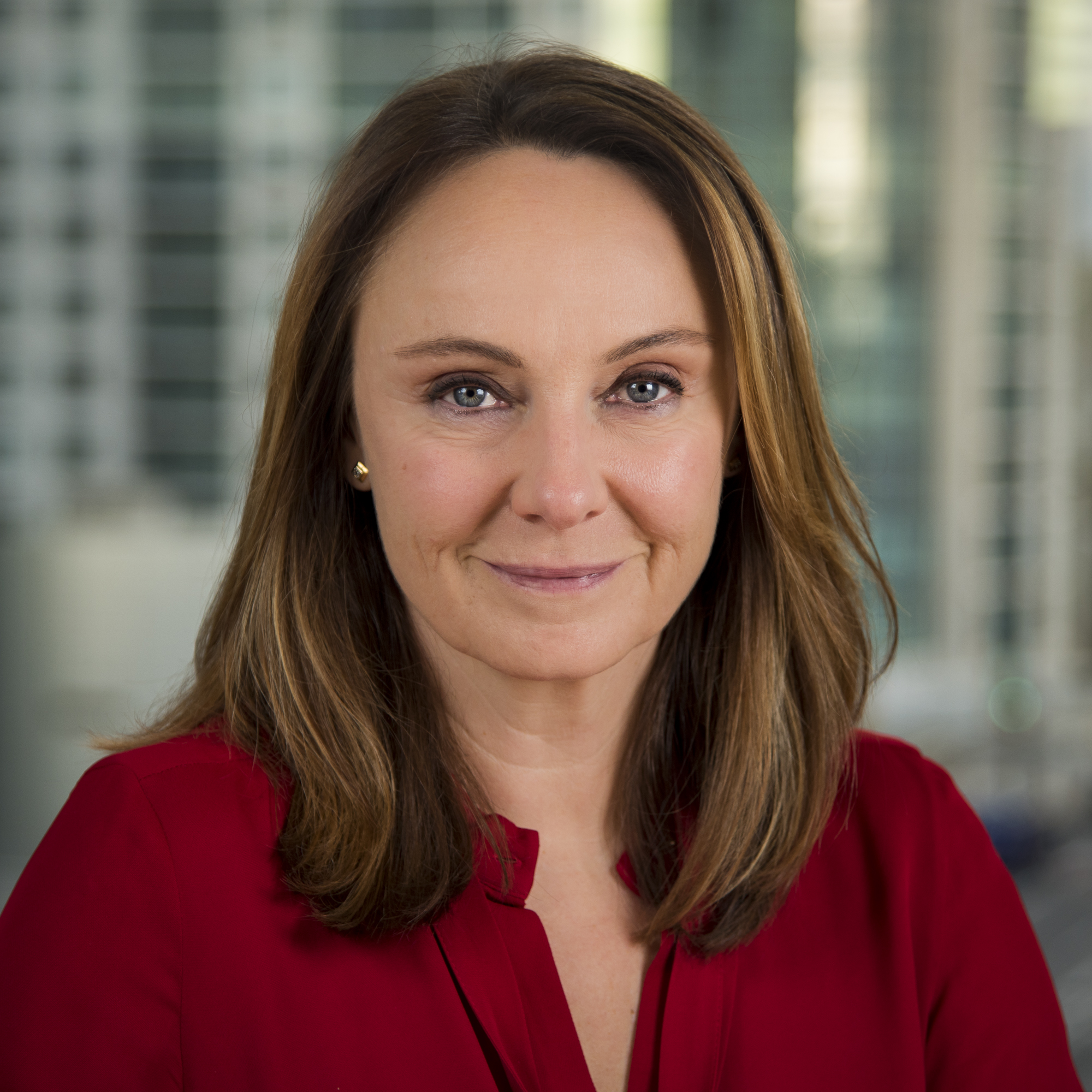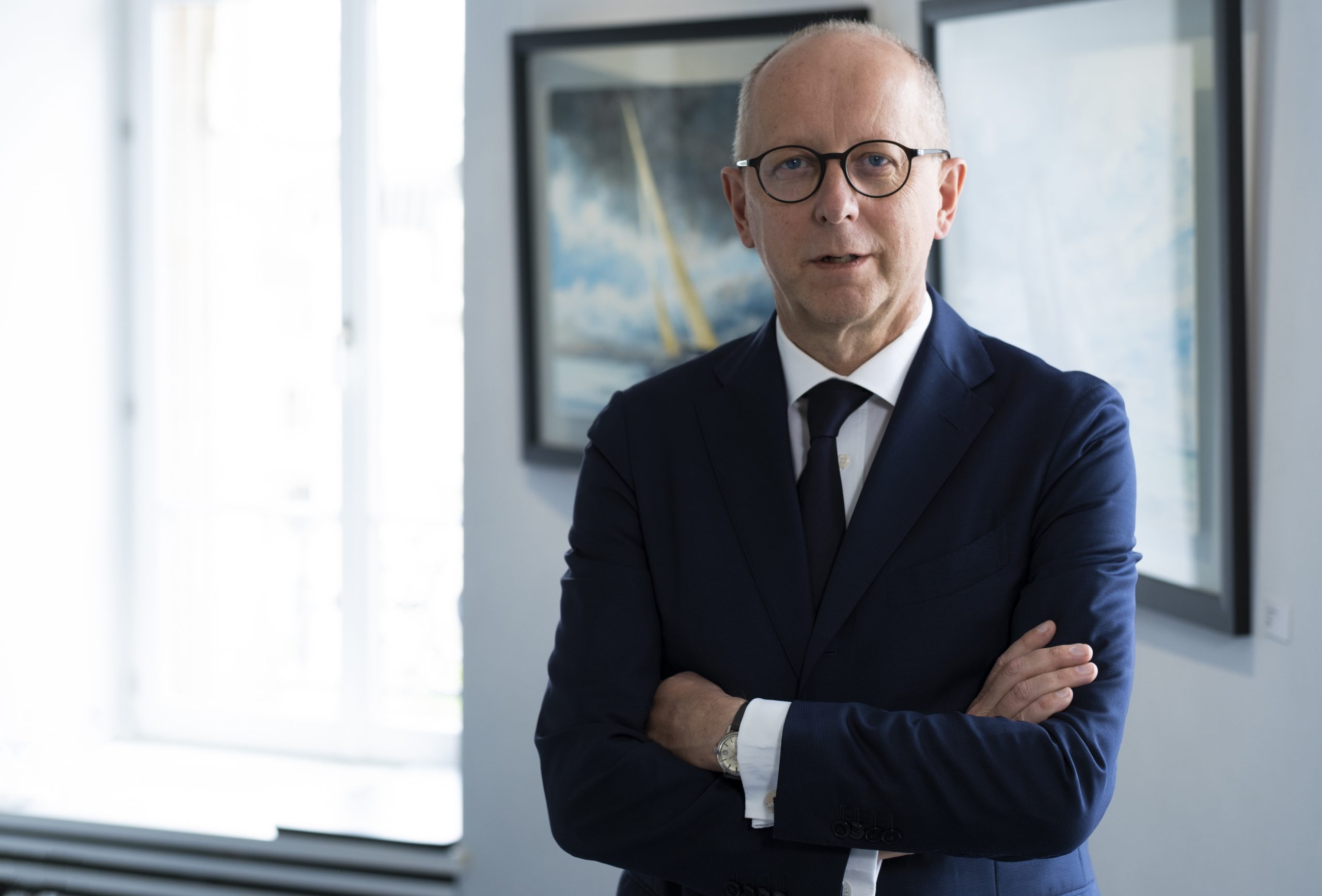BlackRock Extends its Partnership with iCapital Network to Broaden Wealth Managers’ Access to Private Markets
| For Beatriz Zúñiga | 0 Comentarios

Following PIMCO, PGIM and Allfunds, BlackRock is the latest firm to extend its strategic agreement with iCapital Network, in this case to increase accessibility to private market investments for wealth managers. The partnership will focus on the distribution of global private market funds.
In a press release, the asset manager has highlighted that the combination of its private market investment products and iCapital’s proven technology and solutions “will streamline the operational and administrative complexities faced by wealth managers seeking to distribute private market investments to their clients”.
BlackRock’s product offerings will include private equity, private debt, and real assets, across geographies, including a broadening array of ESG-integrated strategies. The investment products will be available to wealth managers across EMEA, Asia-Pacific and LATAM. The new offering will leverage iCapital’s AIFMD-compliant feeder fund structures and innovative technology platform to digitalize every aspect of the subscription and investor servicing process including capital calls, distributions, transfers and performance reporting for wealth advisors and their clients. iCapital’s technology will sit seamlessly alongside that of eFront, enabling BlackRock to fully service the operational and administrative needs of both wealth and institutional clients.
This latest collaboration addressing the international wealth management industry expands an existing commercial relationship between the two companies. BlackRock is a long-standing strategic investor in iCapital and currently employs its technology to streamline access for BlackRock’s North American private market offerings to the wealth management community
“We are delighted to be expanding our trusted partnership with iCapital Network. This collaboration will allow us to deliver on our strategic priorities of broadening access to BlackRock’s alternative investment strategies, accelerating the distribution of our private market strategies internationally, and enabling our wealth management partners to scale their own distribution efforts,” said David Lomas, Global Head of BlackRock Alternatives Specialists.
In this sense, the asset manager has pointed out that, while the global market for alternative investments stands at over 10.7 trillion dollars, with growth of 9.8% forecast by 2025, individual investor allocations have historically lagged those of institutional investors. However, they expect that, over the next several years, individual investor appetite will increase driven by a persistently low interest rate environment, diminished return expectations in public markets, and demand for greater diversification in portfolios to counterbalance higher market volatility.
Lawrence Calcano, Chairman and CEO of iCapital Network, claimed to be “honored” to partner with BlackRock on this initiative, which builds on years of collaboration between their firms and supports the expansion of its leading-edge private market offerings across EMEA, APAC and LATAM. “We are committed to optimizing the alternative investing experience across the industry so advisors can better serve their clients”, he added.
The collaboration will also create a suite of education tools to help wealth advisors and their clients understand and evaluate the role of private market strategies as part of their total portfolio.
Lastly, Marco Bizzozero, Head of International at iCapital Network, commented that their mission is to solve the fundamental challenges of investing in private markets for individual investors. “iCapital’s solutions support asset and wealth managers in broadening client access to the growth and diversification opportunities of private markets. BlackRock is a global leader, and we are delighted to support their ambition in alternative investing by facilitating access and emphasizing education”, he concluded.










